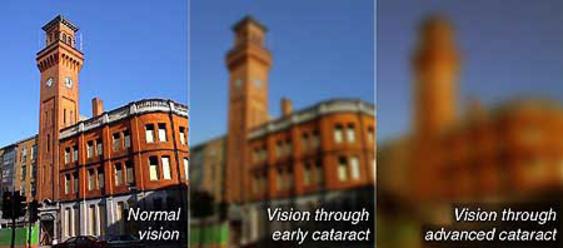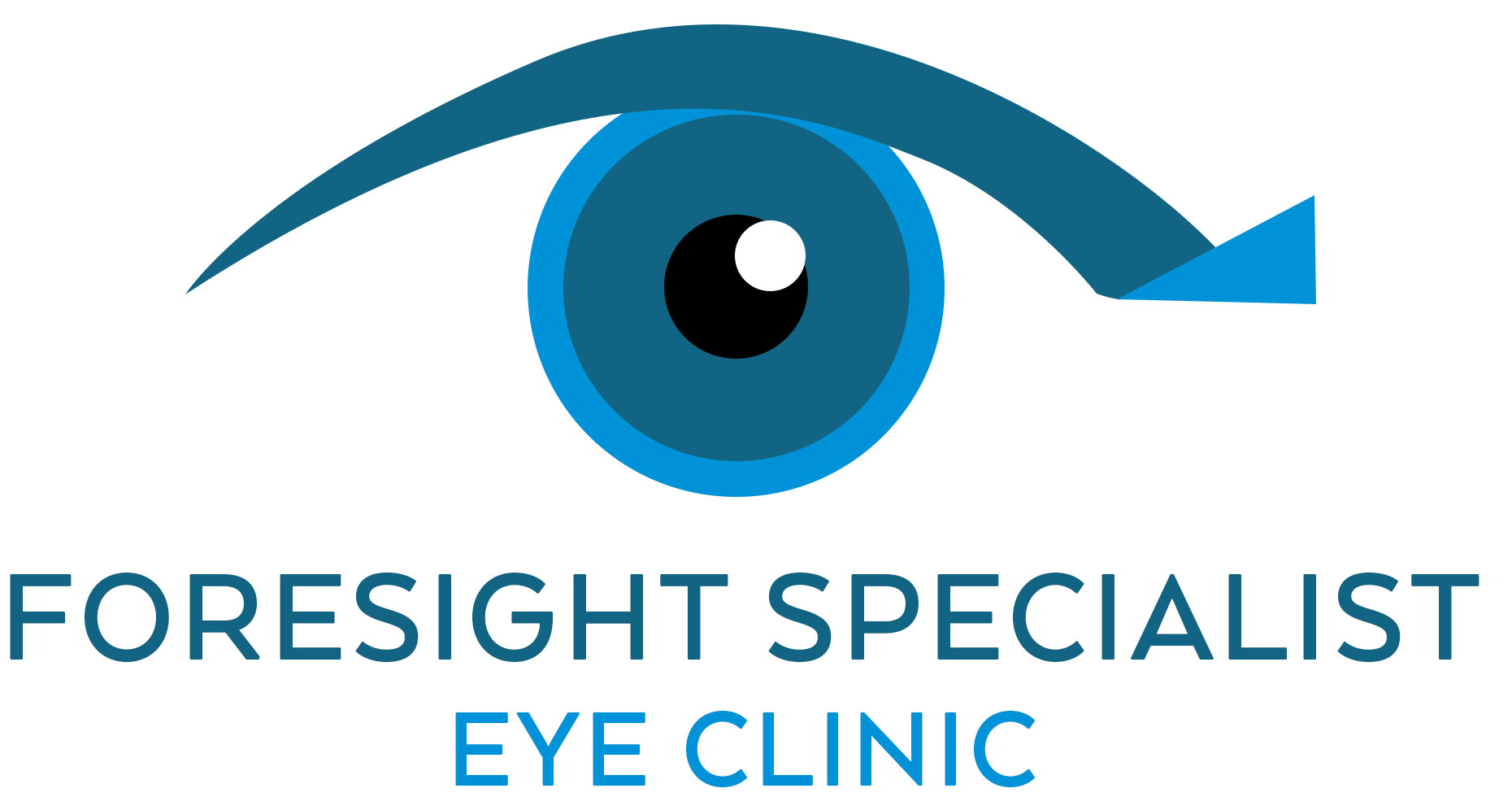Information About Various Eye Conditions
- Blepharitis
- Cataract
- Diabetic Eye Disease
- Dry Eyes
- Glaucoma
- Macular Degeneration
- Refractive Error
Blepharitis
Blepharitis is inflammation (redness and swelling) of the eyelids. Your eyelids, eyelashes, eyelid oil glands, or whites of the eyes may be affected by this problem. Blepharitis may come back after treatment and become a chronic condition that needs to continuously be managed.
What are the treatment options?
Apply Warm Compresses: Put a clean, warm washcloth (compress) on each eye for five minutes, two or three times every day. Rewarm the washcloths when they get cold. Compresses help to loosen eyelash crusts, melt oil gland plugs, and decrease itching and burning.
Gently Wash Your Eyelids: Wash your eyelid after you take the compress off of your eye. Make a mixture of two to three drops of baby shampoo in one-half cup of warm water. Dip a clean washcloth in this mixture and close your eye. Pull your eyelid slightly forward and clean your eyelid and eyelashes. Rinse your eyelid well with clean, warm water.
Use Prescribed Antibiotics: Drops, ointments, are sometimes used to cure your symptoms. An oral antibiotic may be used in low doses to decrease inflammation and thin your eye oils.
Beta 3 Omega Fatty Acids: Eat more fish, a good source of these oils. Enteric-coated fish oil or flax seed oil supplements can be taken two to three times a day. By increasing your intake of Beta 3 omega fatty acids, your quality of the oil produced by your lid glands improve, reducing the symptoms of blepharitis.
Cataract
By age 65, more than half of Africans will have had a cataract, yet many people still do not know what they are or what causes them. Cataracts are common among those over age 50 and are characterized by clouding of the eye’s lens. This results in blurry vision, poor night vision, double vision, alteration of color perception, and seeing glare and haloes. Cataracts are degenerative changes in the structure of the eye that form when protein in the lens begins to clump together, clouding a small area of the eye. This cloud will continue to grow and interfere with vision. They can occur in one or both eyes. While the most common cause of cataracts is age, they can also be caused by eye trauma, certain medications, and various environmental and lifestyle factors. One can be born with cataracts as well.

At first, a cataract only affects a small portion of the eye’s lens. Over time, the cataract grows, often so gradually that the patient does not notice it. When the entire lens has become clouded, ophthalmologists refer to the cataract as a “ripe” or “mature” cataract. At this stage, cataracts can cause severe vision problems.
The only cure for cataracts is surgery. Cataract surgery is an outpatient procedure that typically lasts from fifteen to thirty minutes. A small incision is made into the cornea or sclera and micro instruments are used to remove your cataract. The cataract is replaced with an intraocular implant to restore your vision. There are various options in regards to the type of intraocular implant, or IOL, that one can select from depending on one’s visual goals, lifestyle, and need.
Discussion of the various lens options with our doctors will provide you with the selection of lens that best fits your lifestyle and needs.
After Cataract Surgery, patients might feel mild discomfort. Usually, though, over-the-counter pain relievers are sufficient for numbing and any pain or itching you might feel. Vision can be improved as early as the day after surgery, but the eye rarely can take months to heal.
Diabetic Eye Disease
Diabetes, especially after prolonged duration, may produce diabetic retinopathy in some patients. This is a serious and potentially blinding eye condition. Diabetic retinopathy is causing more blindness in many countries in patients under 65.
Diabetes affects the part of the eye called the retina. The retina is nerve tissue that lines the back of the eye. Visual images are formed on the retina much like on the film in a camera. Diabetes damages the retina by affecting its blood vessels. Some blood vessels become plugged, while others leak fluid.
Blurring of vision may be cause by fluid accumulating, producing a thickening of the retina called macular edema. Sometimes, abnormal blood vessels grow along the surface of the retina and into the vitreous (the clear gel that fills the eye). Bleeding into the eye (vitreous hemorrhage) from these newly formed blood vessels and scarring or detachment of the retina are the main ways that diabetes causes severe impairment of vision. Regular eye examinations and appropriate laser therapy have been shown to prevent visual loss in many cases. Laser treatment reduces the risk of blindness with certain stages of diabetic retinopathy. Diabetic patients should have periodic eye examinations by an ophthalmologist, at least once a year. The best prevention for keeping diabetic eye disease from progressing is maintaining blood sugar levels consistently within the range set by the physician maintaining the diabetes.
Dry Eyes
Glaucoma damages the eye’s optic nerve. It is a leading cause of irreversible blindness in the Africa. It usually happens when the fluid pressure inside the eyes slowly rises, damaging the optic nerve. Often there are no symptoms at first, but a comprehensive eye exam can detect it. Typically, there is loss of peripheral vision that can progress with time, if left untreated, to involve the central vision.
People at risk should get eye exams at least every two years or more frequently if indicated.
- At Risk Individuals Include:
- Africans over age 30
- People who have had eye injuries
- People with a family history of glaucoma or blindness
- Chronic use of steroids (pill, drop, injection, nasal spray)
Early treatment can help protect your eyes against vision loss. Treatments usually include prescription eyedrops, SLT laser surgery (selective laser trabeculoplasty) . If the pressure remains uncontrolled while maximizing the above measures, eye surgery would be the next option.
Macular Degeneration
Age-related macular degeneration (AMD) is a disease that blurs the sharp, central vision you need for “straight-ahead” activities such as reading, sewing, and driving. AMD affects the macula, the part of the eye that allows you to see fine detail. AMD is a leading cause of vision loss in persons 60 years of age and older.
There are two types of macular degeneration. The dry form of AMD advances so slowly that people notice little change in their visual acuity. In wet form of AMD, the disease progresses faster and may lead to a loss of vision in both eyes. Wet AMD occurs when abnormal blood vessels behind the retina start to grow under the macula and tend to be very fragile leaking blood and fluid. The blood and fluid raise the macula from its normal place at the back of the eye. Damage to the macula occurs rapidly. With wet AMD, loss of central vision can occur quickly.
There is no treatment for dry AMD; however, preventative measures, such as taking eye vitamins and wearing eye protection, have shown to decrease the risk of progression. In wet AMD, the various treatments include observation, laser, surgery, and an injection into or around the eyeball.
Refractive Error
Refractive error is a general term basically meaning the eye requires correction to see clearly. Eyes can be nearsighted, farsighted, astigmatic, presbyopia, or a combination of the above. Eyes can be corrected with eye glasses or contact lenses.
Nearsightedness, or myopia, occurs when the cornea is steeply contoured or the eye is too elongated. Objects that are close to the eye are clearly focused, whereas objects at a distance are blurry.
Farsightedness, or hyperopia, occurs when the cornea is more flatly contoured or the eye is too short. Objects that are close to the eye may be blurry, whereas objects at a distance are usually clear.
Astigmatism occurs when the cornea or eye is shaped more like an ellipse (like a football) rather than round (like a basketball). This causes the image to be blurry since it is focused at multiple points.
Presbyopia is the loss of the ability to focus clearly on objects up close. It typically begins in the 40s when people find they need to hold books, magazines, newspapers, menus, and other reading materials at arm’s length in order to focus properly. Presbyopia can lead to eyestrain and headaches. It is generally believed to stem from a gradual loss of flexibility in the natural lens inside your eye.
